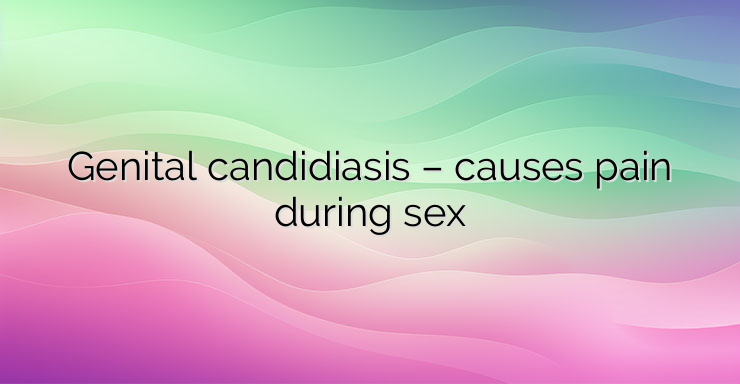Hey there! So, let’s talk about genital candidiasis, shall we? It’s a fungal infection that can affect both men and women, but it’s more commonly known to hit the ladies down there. The culprit behind it is a pesky little thing called Candida yeast.
Now, here’s the deal – it’s not usually something you catch through sex, but it can tag along with other sexually transmitted diseases. In about 90% of cases, you’ll find Candida albicans chilling in the vagina. Other types of Candida yeast, like C. glabrata, C. tropicalis, and C. kruzei, come next in line.
So, how does this whole thing happen? Well, first off, Candida albicans is just minding its own business on your mucous membranes until conditions get just right and it decides to cause trouble. It starts by colonizing the mucous membranes, then sneaks into your cells, and before you know it, bam! You’ve got an inflammatory reaction going on.
Now, what sets the stage for this drama? A bunch of stuff, really. Things like your overall health, how active your sex life is, and even your clothing choices can play a role. Oh, and let’s not forget about the possibility of getting it from your partner or even from your own digestive tract.
For the ladies, the symptoms usually start with itching and discomfort down there. Sex becomes a painful affair, thanks to all the redness and swelling. And let’s not even get started on the burning sensation during urination. It’s like your lady parts are throwing a wild party, and nobody’s having a good time.
As if that’s not enough, you might also notice some funky discharge. It’s not exactly pleasant, but at least it doesn’t usually stink.
Now, onto diagnosis and treatment. Your doctor will need to take a look down there and maybe do some tests to confirm it’s candidiasis. Since it likes to hang out with other STDs, they might check for those too, just to be safe.
As for treatment, it usually involves medication. You might get some creams or suppositories to use locally, or you might need to take something by mouth if it’s really bad. The length of treatment depends on how severe your symptoms are, but hopefully, you’ll be back to feeling yourself in no time. And if it keeps coming back, well, there’s always the option of some long-term antifungal therapy.


Leave a Reply